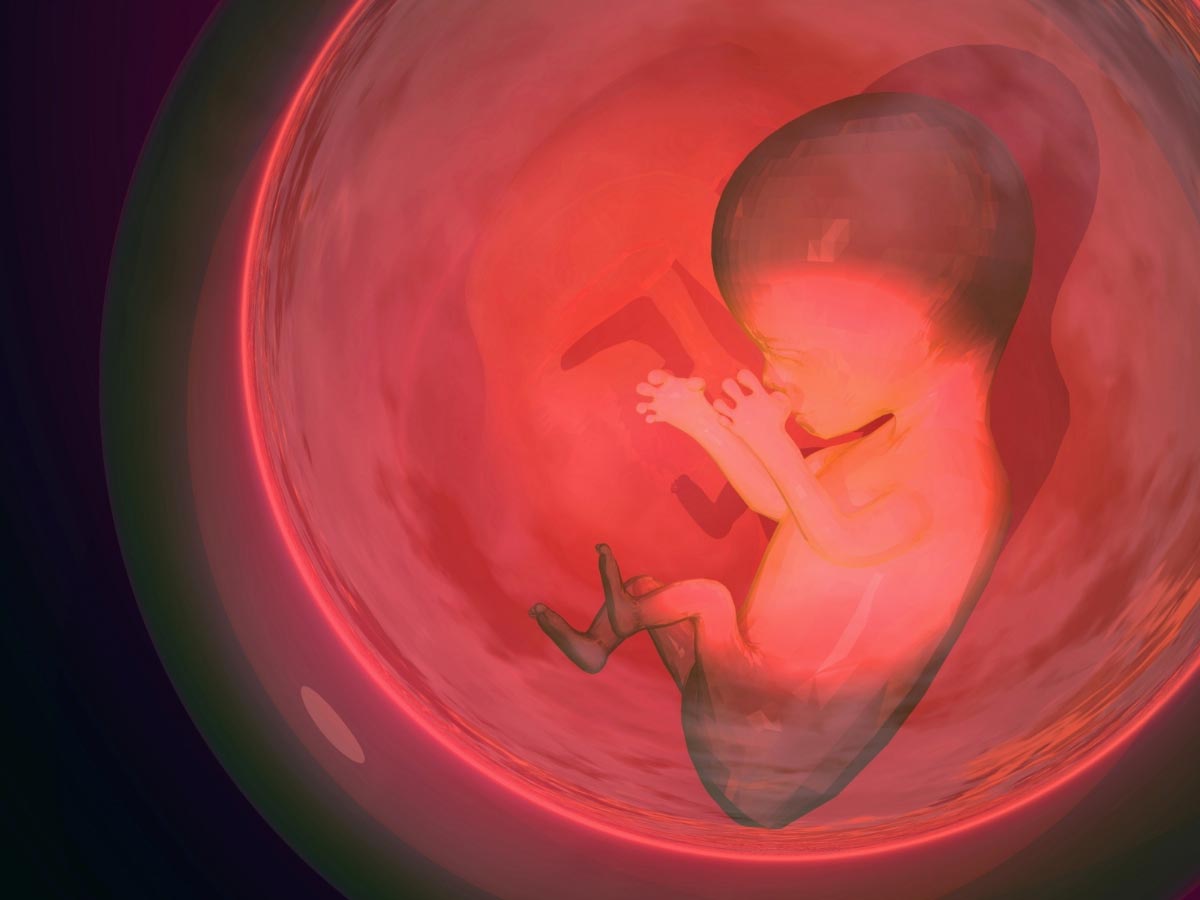
Led by biologist Kathy Niakan, the team of researchers utilized a gene-editing technique called CRISPR. Wanting to understand the role of a particular gene in early stage human development, the researchers deleted that gene and monitored embryonic development for fourteen days.
After just fourteen days of embryonic development, half of the edited human embryos contained serious unintended genetic changes. When compared to embryos that had not undergone genetic modification, these edited embryos showed troubling signs of genetic damage and potential for birth defects and cancer later in life.
“There’s no sugarcoating this,” says Fyodor Urnov, a gene-editing expert and professor of molecular and cellular biology at the University of California, Berkeley. “This is a restraining order for all genome editors to stay the living daylights away from embryo editing.”
Scientists warn against future attempts to genetically modify human embryos
The genetically altered human embryos showed genetic damage, the kind that can lead to cancers early in life. The researchers are now warning against future genetic experiments to human embryos. For years, scientists have praised CRISPR’s potential for treating diseases. It was introduced as a gene editing tool in 2013. It turns out the controversial technique could cause an epidemic of birth defects and new diseases.
In the study, researchers snipped out the POU5F1 gene from eighteen human embryos. Another seven embryos were left untouched, to be studied as controls. The embryos underwent a series of computational analyses. In just a short amount of time, eight of the embryos showed an abnormality across a particular chromosome. When the researchers looked closer, four of the embryos suffered from new genetic deletions and new genetic additions. These abnormalities were only observed adjacent to the gene that was originally edited. The damage was directly caused by the snipping of the POU5F1 gene.
The unintended genetic edits, which could lead to birth defects, cancer and other diseases, were the direct consequence of snipping one gene in the genome. Because there is a possibility that the CRISPR machinery may have missed the gene, the scientists double-checked for “off-target” effects. Niakan’s team confirmed that all the edits were “on-target.” The edits were indeed performed at the intended location in the genome, so the unintended changes were not the result of a misplaced edit.
“What that means is that you’re not just changing the gene you want to change, but you’re affecting so much of the DNA around the gene you’re trying to edit that you could be inadvertently affecting other genes and causing problems,” says Kiran Musunuru, a cardiologist at the University of Pennsylvania who uses CRISPR to research potential heart disease therapies.
CRISPR is a crude process that literally “rips out” a crucial gene or “glues in” a new one. The process can cause evolutionary mutations and may scramble large sections of DNA, causing irreversible damage. The controversial procedure has already been used to establish pregnancies with genetically modified human embryos. CRISPR was used to create the world’s first genetically modified twins, Lulu and Nana, who were born in China.
Germline engineering can also be used to create “designer babies” wherein parents select traits they want in their future children. If parents want to splice in genes to make their kids healthier, taller or more intelligent, scientists can attempt to alter the embryo’s genetic code with corresponding genes, replacing undesirable genetic code. The unintended genetic edits that come along with the experiment will only be realized as the child comes of age because scientists have very little understanding of basic human biology and the unintended consequences that result from manipulating human genomes. Germline engineering results in genetic changes that can be passed on to future generations, forever altering the course of human biology and disease incidence.
Kiran Musunuru warns: “Nobody has any business using genome editing to try to make modifications in the germline. We’re nowhere close to having the scientific ability to do this in a safe way.”
Sources include:
Please contact us for more information.






















